Home>Articles>How Far Should Steam Be Kept From The Face When You Are Using A Steamer
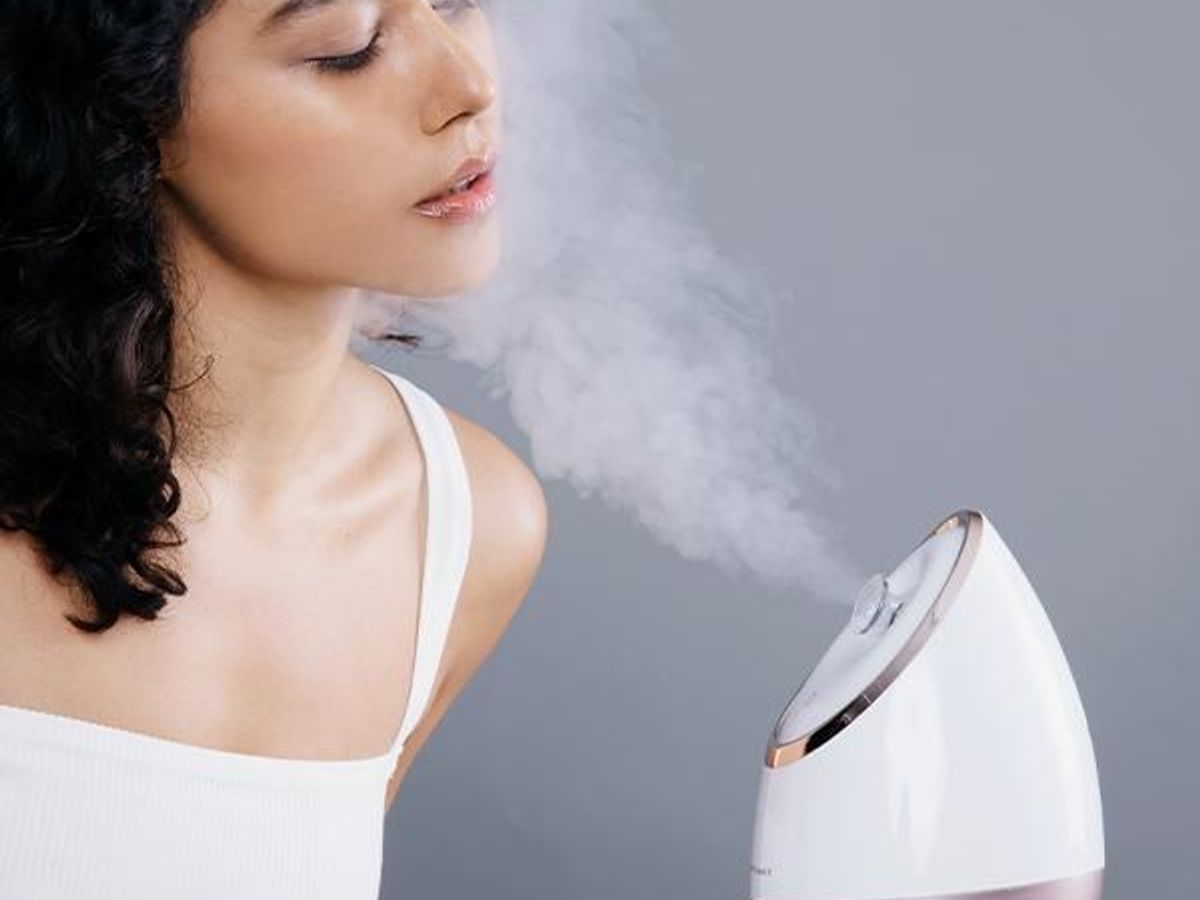

Articles
How Far Should Steam Be Kept From The Face When You Are Using A Steamer
Modified: January 6, 2024
Discover the ideal distance to keep steam from your face when using a steamer. Read our informative articles for expert advice and tips.
(Many of the links in this article redirect to a specific reviewed product. Your purchase of these products through affiliate links helps to generate commission for Storables.com, at no extra cost. Learn more)
Introduction
Using a steamer is a wonderful way to refresh and rejuvenate your skin. The hot steam can help open up your pores, allowing for deep cleansing and hydration. However, it is important to use a steamer with caution and keep an appropriate distance between your face and the steam source. In this article, we will explore the importance of maintaining a proper steam distance and provide helpful tips for using a steamer safely and effectively.
When using a steamer, it is crucial to strike a balance between benefiting from the steam while avoiding any potential risks. Being mindful of the steam distance can make a significant difference in the outcome of your steaming session. By maintaining the appropriate distance, you can enjoy the benefits of steam without causing any harm to your skin.
Key Takeaways:
- Proper steam distance is crucial for safe and effective steaming, preventing burns, regulating steam intensity, and promoting respiratory comfort. Factors like skin sensitivity and steamer type should be considered.
- Consider factors like steamer type, skin sensitivity, and session duration to determine the optimal steam distance. Adjust based on skin response and follow safety precautions for a beneficial steaming experience.
Read more: When To Use A Face Steamer
The Importance of Proper Steam Distance
Keeping a proper distance between your face and the steamer is essential for several reasons. First and foremost, it helps prevent skin burns and discomfort. The steam that comes out of a steamer can be extremely hot, and if it directly touches your skin, it can lead to burns or scalds. By maintaining an appropriate distance, you give the steam a chance to cool down slightly before it reaches your skin.
In addition to avoiding burns, maintaining a proper steam distance also ensures that the steam is effective in its purpose. When you position your face at the correct distance, the steam can adequately cover your entire face, enhancing its benefits. It helps to open up your pores, allowing for a deeper penetration of skincare products and promoting better absorption of moisturizers and serums.
Furthermore, the appropriate steam distance helps to regulate the amount of steam your skin receives. Too much steam can be overwhelming for the skin, causing it to become excessively hydrated and potentially leading to breakouts or irritation. By maintaining a proper distance, you can control the intensity of the steam and avoid overwhelming your skin.
Lastly, the appropriate steam distance also ensures that you do not inhale an excessive amount of steam. Inhaling too much steam can cause discomfort and may irritate your respiratory system. Keeping a safe distance allows you to breathe comfortably while still reaping the benefits of the steam.
Overall, maintaining a proper steam distance is crucial for protecting your skin from burns, ensuring the effectiveness of the steam, regulating the amount of steam received, and promoting proper respiratory comfort.
Factors to Consider
When determining the appropriate steam distance, there are several factors to consider. These factors can help you gauge the ideal distance for your own skin and ensure a safe and effective steaming experience.
Firstly, consider the type of steamer you are using. Different types of steamers produce varying levels of heat and intensity. Facial steamers, for example, typically emit a gentler and more controlled steam compared to larger steamers used for clothing or upholstery. Understanding the characteristics and capabilities of your specific steamer can guide you in determining the appropriate distance.
The sensitivity of your skin is also an important factor to consider. Individuals with sensitive skin may need to keep a greater distance between their face and the steam to avoid any potential skin reactions. On the other hand, those with less sensitive skin may be able to tolerate closer proximity to the steam. Assessing your skin’s sensitivity will help you establish a safe distance.
Additionally, take into account the duration of your steaming session. If you plan on steaming your face for an extended period, it is advisable to maintain a slightly greater distance. Prolonged exposure to steam can lead to excess hydration, which may not be beneficial for all skin types. Adjusting the distance based on the duration can help balance the benefits and potential risks of steaming.
Furthermore, the ambient humidity in the room can affect the amount of steam your skin receives. If the room is already humid, the steam may be more intense, and you may need to position yourself slightly farther from the steamer. Alternatively, if the room is dry, you can safely position yourself closer to the steam source without overwhelming your skin.
Lastly, it is crucial to listen to your own body and monitor how your skin responds to the steam. If you start to experience discomfort, redness, or any adverse reactions, immediately move away from the steam and adjust the distance accordingly. Everyone’s skin is unique, and it is important to adapt the steam distance based on your individual needs and tolerance levels.
Considering these factors will help you determine the optimal steam distance for your skin and create a safe and effective steaming routine.
Types of Steamers
There are several types of steamers available, each offering different features and benefits. Understanding the different types can help you choose the steamer that suits your needs and preferences.
1. Facial Steamers
Facial steamers are specifically designed for facial use and are the most common type used for skincare purposes. These steamers emit a controlled and gentle steam that is suitable for the delicate skin on the face. They often come with attachments, such as a facial cone or mask, to direct the steam towards your face.
Read more: How To Use Steamer For Face
2. Clothing Steamers
Clothing steamers, also known as garment steamers, are primarily used to remove wrinkles from clothing. They produce a more powerful and intense steam compared to facial steamers. While they can be used for facial steaming, caution should be exercised as the steam may be too intense for some skin types.
3. Portable Steamers
Portable steamers are compact and lightweight, making them ideal for travel or on-the-go use. They are usually designed for facial and garment steaming, offering convenience and versatility. These steamers are a great option if you want to maintain your steaming routine while traveling.
4. Steam Saunas
Steam saunas are larger units that are designed to create a steam-filled environment. They are often used for therapeutic or relaxation purposes and provide a more extensive and immersive steaming experience. These saunas typically have adjustable steam outlets and allow for a personalized steam distance.
5. Steamer Combos
Some steamers come in combination models that offer multiple functionalities. These can include features such as facial steaming, garment steaming, and aromatherapy. These versatile steamers cater to individuals looking for a multi-purpose device.
It is essential to research and select the appropriate steamer based on your specific needs and preferences. Consider factors such as the intensity of the steam, the attachments included, and the portability of the steamer. By choosing the right type of steamer, you can ensure an optimal steaming experience.
Read more: How To Steam My Face Without A Steamer
Recommended Steam Distances
The recommended steam distance will vary based on the type of steamer and individual preferences. However, as a general guideline, maintaining a distance of approximately 6 to 12 inches (15 to 30 cm) from the steam source is a good starting point for facial steaming.
This distance allows the steam to cool slightly before it reaches your skin, reducing the risk of burns. It also ensures that the steam adequately covers your entire face, providing maximum benefit to your skin.
If you are using a more powerful steamer, such as a clothing steamer, you may need to increase the distance to avoid overwhelming your skin with intense steam. In such cases, maintaining a distance of 12 to 18 inches (30 to 45 cm) may be more appropriate.
It is important to remember that these distances are not set in stone, and you should always listen to your skin and adjust accordingly. Some individuals may prefer a closer distance if they find it more comfortable or have less sensitive skin, while others may need to maintain a greater distance to prevent any adverse reactions.
Additionally, consider the duration of your steaming session. If you plan on steaming for a longer period, it may be beneficial to increase the steam distance slightly to prevent excessive hydration and potential skin irritation.
As you experiment with different steam distances, pay attention to how your skin reacts. If you experience any discomfort, redness, or irritation, consider increasing the distance. On the other hand, if your skin does not show any adverse reactions and you feel comfortable closer to the steam source, you can maintain a slightly closer distance.
Remember that finding the ideal steam distance is a personal and individual process. It may take some trial and error to determine what works best for you. By being mindful of your skin’s response and adjusting the distance accordingly, you can create a safe and beneficial steaming routine.
Tips for Using a Steamer
To ensure a safe and effective steaming experience, consider the following tips when using a steamer:
1. Cleanse your face:
Before using a steamer, cleanse your face to remove any makeup, dirt, or impurities. This allows the steam to effectively penetrate your pores and provide optimal benefits.
2. Adjust the steam intensity:
If your steamer has adjustable settings, start with a lower intensity and gradually increase it to a comfortable level. This allows your skin to acclimate to the heat and helps prevent any potential discomfort.
Read more: How To Use Conair Face Steamer
3. Maintain the appropriate distance:
As mentioned earlier, keep a distance of approximately 6 to 12 inches (15 to 30 cm) from the steam source. Adjust the distance based on your skin’s sensitivity and comfort level.
4. Limit the duration:
Avoid excessive steaming and limit your sessions to 5-10 minutes to prevent overhydration and potential skin irritation. Shorter sessions can still provide the benefits without overwhelming your skin.
5. Protect your eyes:
While steaming, it’s essential to close your eyes or use protective goggles to prevent steam from coming into contact with your eyes. The steam may cause discomfort or irritation to the delicate eye area.
6. Follow with skincare products:
After steaming, apply your favorite moisturizer or serum to lock in the hydration and nutrients. Steaming opens up your pores, making it an ideal time to deeply nourish your skin.
Read more: How To Use Vicks Face Steamer
7. Hydrate afterwards:
Drinking water or using a hydrating facial mist post-steaming can replenish any moisture lost during the process. Hydrating your body from within helps maintain a healthy complexion.
8. Clean and maintain your steamer:
Regularly clean your steamer according to the manufacturer’s instructions to prevent the buildup of bacteria or mineral deposits. This ensures a hygienic and efficient steaming experience.
By following these tips, you can make the most of your steaming sessions and promote healthier, more radiant skin.
Potential Risks and Precautions
While steaming can provide numerous benefits to your skin, it is essential to be aware of potential risks and take necessary precautions to ensure a safe experience:
1. Burns:
The steam produced by a steamer can be hot and can cause burns if it directly touches your skin. To prevent burns, maintain a safe distance from the steam source and avoid placing your face too close to the steam outlet.
2. Overhydration:
Excessive steaming can lead to overhydration, especially for individuals with already hydrated or oily skin. Overhydration can disrupt the skin’s natural balance and potentially lead to breakouts or skin irritation. Limit your steaming sessions to prevent overhydration.
3. Sensitivity and Allergies:
Some individuals may have sensitive skin or allergies that can be exacerbated by steam. If you have sensitive or reactive skin, consult with a dermatologist before starting a steaming routine. Also, be cautious with the products you use during or after steaming to avoid any adverse reactions.
4. Eye Irritation:
The steam can cause irritation if it comes into contact with your eyes. Ensure your eyes are closed during the steaming session or use protective goggles to shield them from the steam.
5. Respiratory Discomfort:
Inhaling excessive steam can cause discomfort or irritation to your respiratory system, especially if you have a respiratory condition. If you experience any breathing difficulties or discomfort, discontinue the steam session and consult a medical professional.
Read more: How Often Should You Use A Facial Steamer
6. Acne Aggravation:
While steaming can help open up pores and cleanse the skin, it may aggravate active acne or inflammatory skin conditions. If you have severe acne or any skin conditions, consult with a dermatologist before incorporating steaming into your skincare routine.
7. Cleanliness:
Ensure your steamer is clean and well-maintained to prevent the growth of bacteria or mold. Regularly follow the manufacturer’s instructions for cleaning and maintenance to ensure a hygienic steaming experience.
It is essential to listen to your body and observe how your skin responds to steaming. If you experience any redness, discomfort, or adverse reactions, immediately stop the steaming session and seek medical advice if necessary.
By being aware of these risks and taking the necessary precautions, you can enjoy the benefits of steaming while minimizing any potential adverse effects on your skin and overall well-being.
Conclusion
Using a steamer can be a refreshing and rejuvenating addition to your skincare routine. However, it is crucial to prioritize safety and employ proper techniques to maximize the benefits and minimize the potential risks.
Maintaining a proper steam distance is essential to avoid burns, regulate the intensity of the steam, and prevent overhydration. By keeping a distance of approximately 6 to 12 inches (15 to 30 cm) from the steam source, you can enjoy the benefits of the steam without compromising the health of your skin.
Factors such as the type of steamer, the sensitivity of your skin, and the duration of your session should be taken into consideration when determining the appropriate steam distance. Additionally, being mindful of potential risks, such as burns, overhydration, eye irritation, and respiratory discomfort, helps ensure a safe and comfortable steaming experience.
Remember to cleanse your face before steaming, adjust the steam intensity, and follow with proper skincare products to enhance the benefits of the steam. Regularly clean and maintain your steamer to promote a hygienic and efficient steaming routine.
Always pay attention to how your skin reacts to steaming and adjust the distance and duration accordingly. If you experience any discomfort, redness, or other adverse reactions, discontinue the session and seek medical advice if needed.
In conclusion, when used safely and with attention to detail, steaming can provide numerous benefits to your skin. By maintaining a proper steam distance and taking necessary precautions, you can enjoy a revitalizing and nourishing steaming experience that contributes to healthier and more radiant skin.
Frequently Asked Questions about How Far Should Steam Be Kept From The Face When You Are Using A Steamer
Was this page helpful?
At Storables.com, we guarantee accurate and reliable information. Our content, validated by Expert Board Contributors, is crafted following stringent Editorial Policies. We're committed to providing you with well-researched, expert-backed insights for all your informational needs.
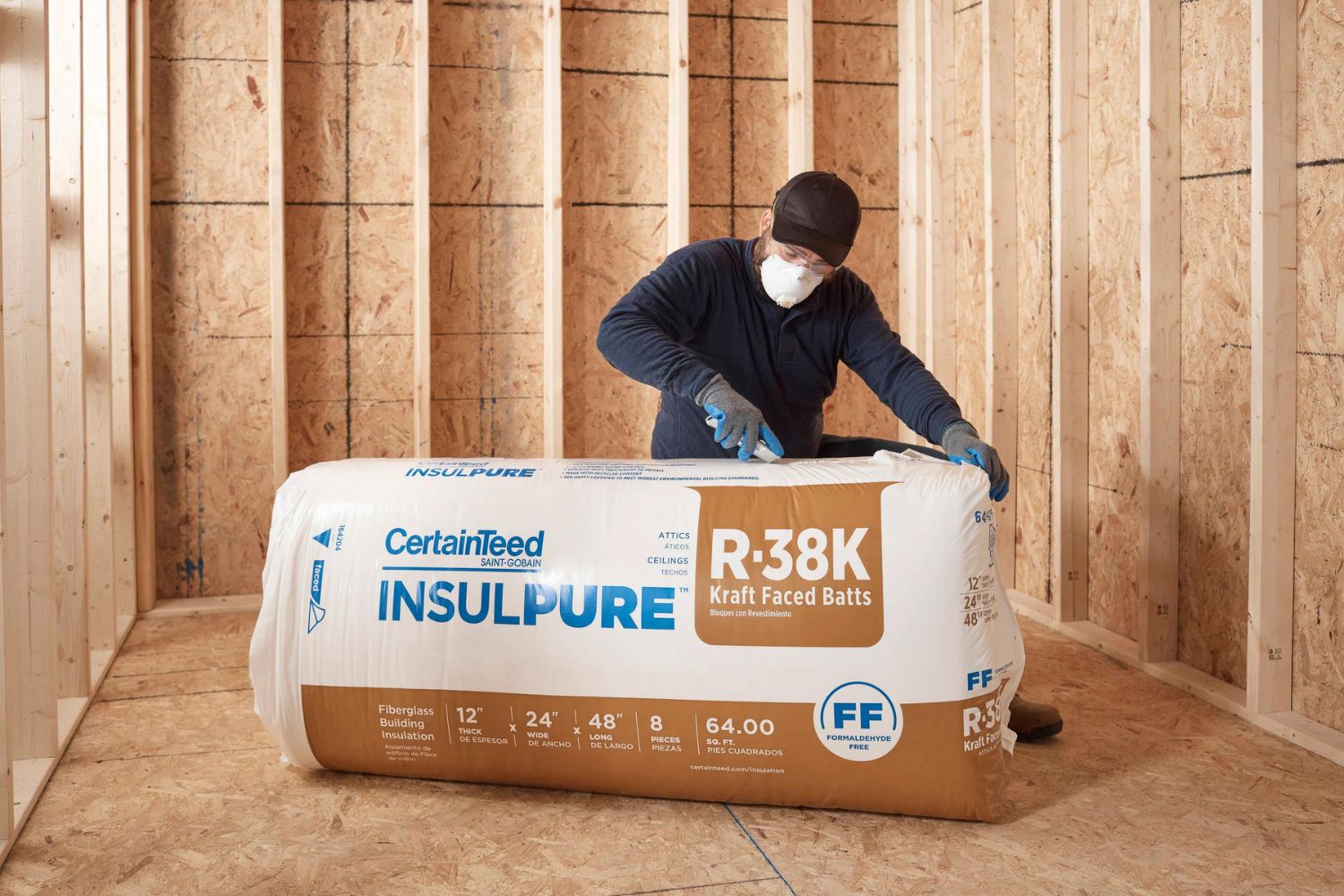
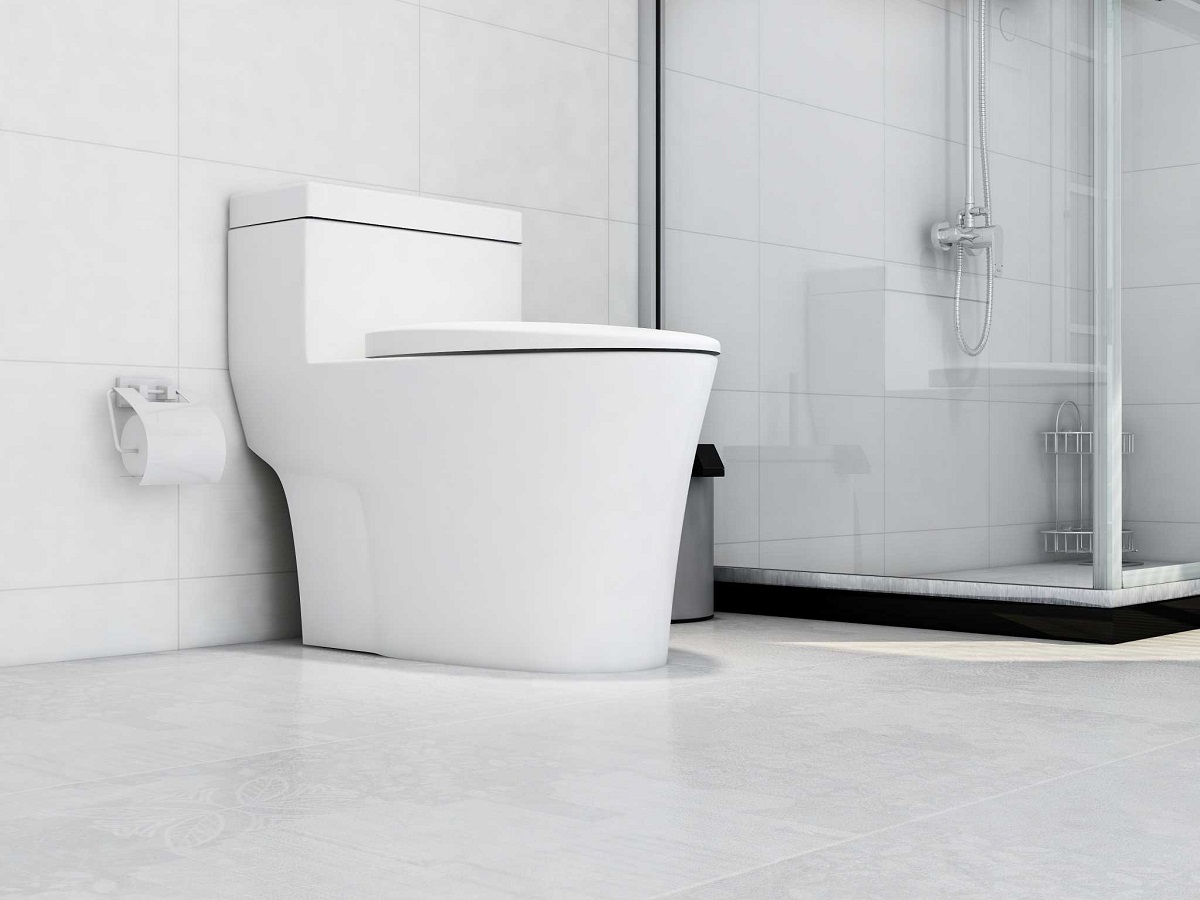

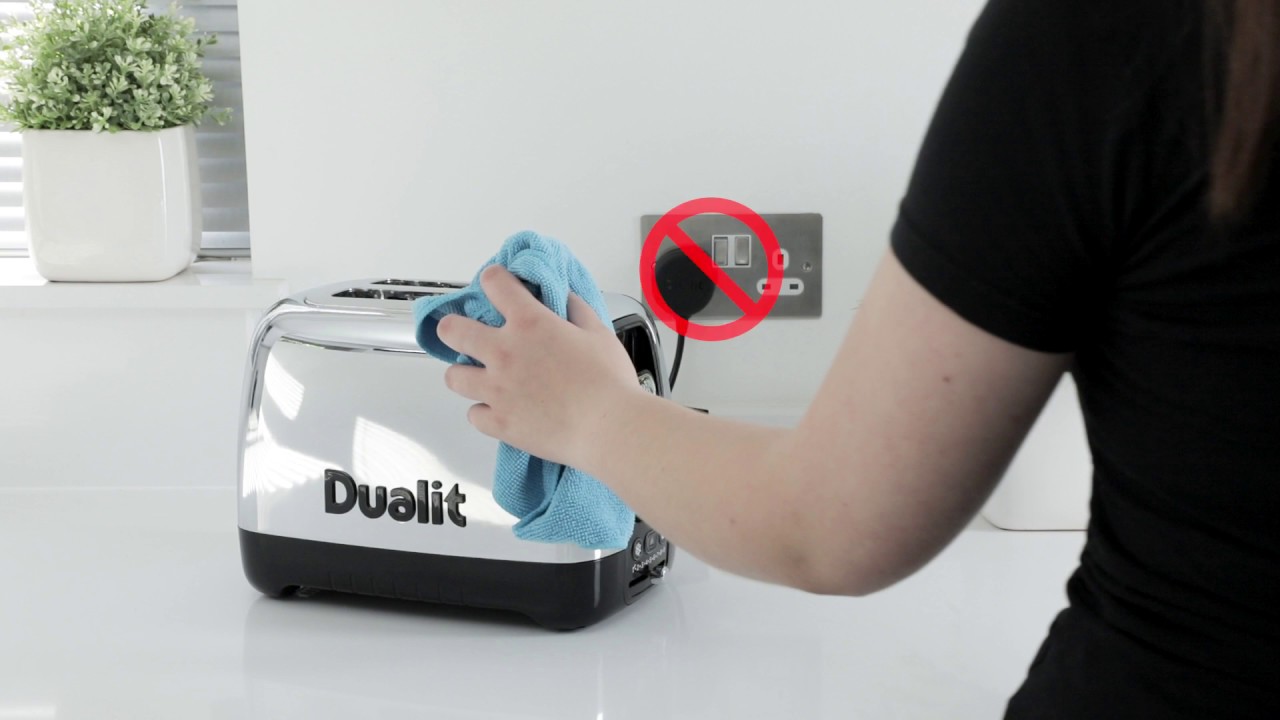



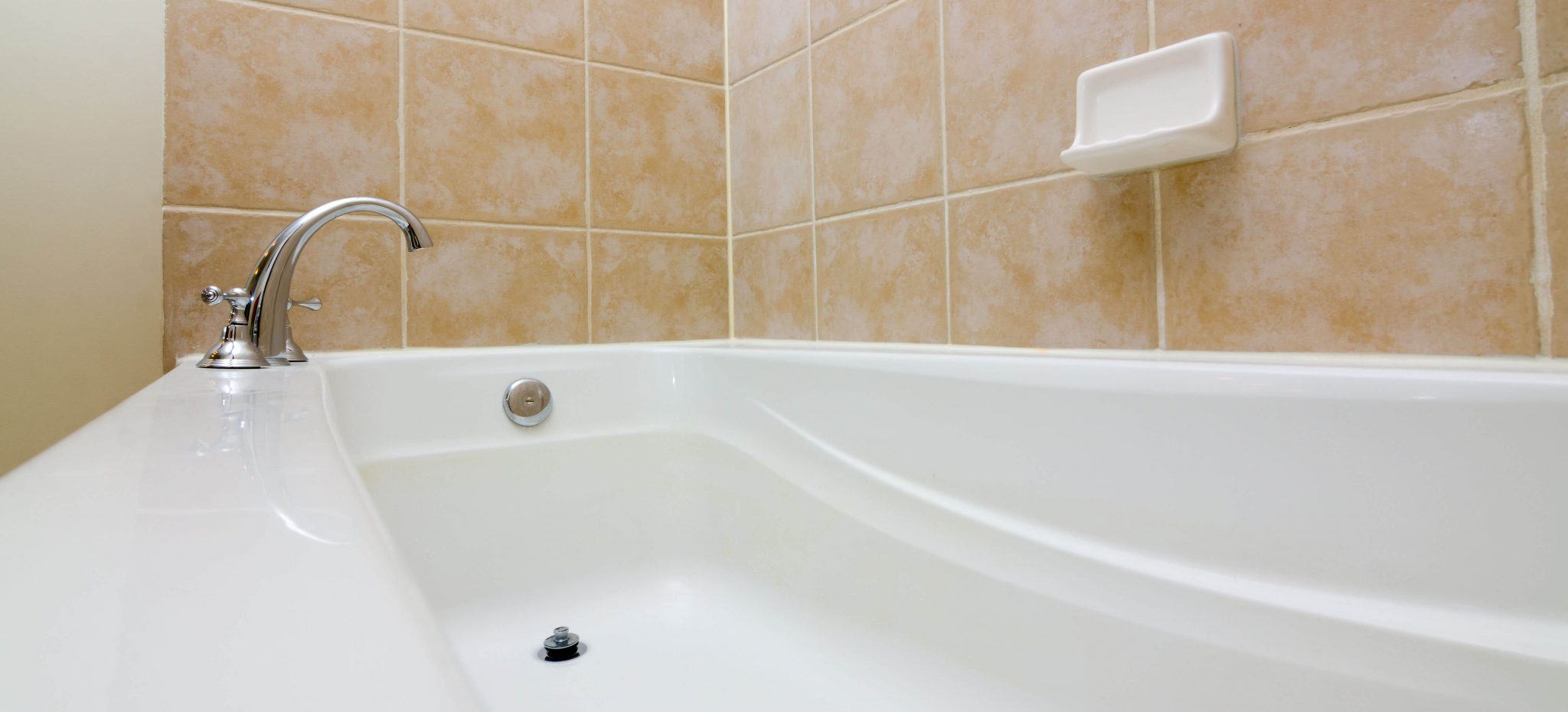


0 thoughts on “How Far Should Steam Be Kept From The Face When You Are Using A Steamer”